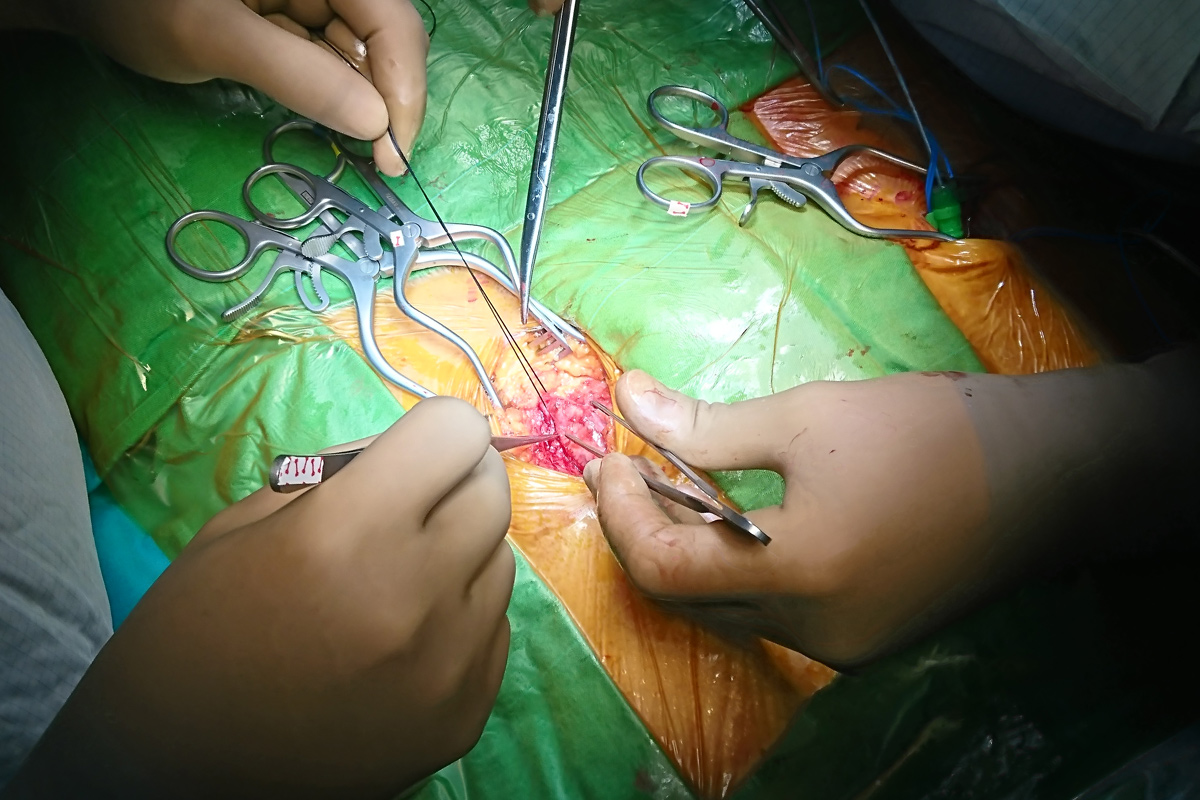Surgical Treatment
Surgical Treatment and Management of the Treatment in Peripheral Vascular Diseases
The treatment of peripheral vascular disease should be performed by teams that are experts in the field and who can apply and know well all the techniques in a wide spectrum, from preventive treatments to surgical options. In Europe and the United States there are doctors who work as “vascular specialists and surgeons”, but in our country there is some confusion in the adoption of the treatment of vascular diseases. However, the most correct way today is for cardiovascular surgery specialists who have been following and treating vascular disease since residency to provide treatment as a team, along with cardiologists and radiologists.
Elimination of Risk Factors and Lifestyle Changes
While treating diseases of peripheral arteries, it is necessary first to eliminate the causative factors. For this purpose, the following points are important.
• Quitting smoking
• Weight loss
• Regular diet
• Control of diseases such as high blood pressure, hyperlipidemia and diabetes
• Regular exercise
Surgical Treatment:
The surgical treatment is suggested to treat especially the arteries above knees. There are scientific studies that show that surgery is unsuccessful and even harmful in the treatment of diseases below the knee.
In the treatment guidelines, surgical treatment is recommended for patients who have pain at rest or who cannot walk enough distance to maintain their social life. However, surgical treatment methods are recommended to ensure wound healing for patients with non-healing wounds and to increase the level of amputation for amputation candidates.
Surgical treatment methods are used in cases with very long or complete occlusion where interventional methods cannot be used or in cases of recurrent stenosis after interventional methods.
There are basically two types of surgical techniques: Bypass and plaque removal. In bypass surgery, a new bridge is created before and after the occlusion that causes peripheral vascular disease, either through veins taken from the body or artificial vessels. In this method, blood is directed beyond the occlusion via an alternative new pathway. Plaque removal involves opening the artery in the area where the blockage is located, cleaning the inside, and then repairing the artery.
Surgical Treatment in Peripheral Vascular Diseases
Tags: medical and surgical treatment, bypass, artificial vessel, open surgery, medication therapy


